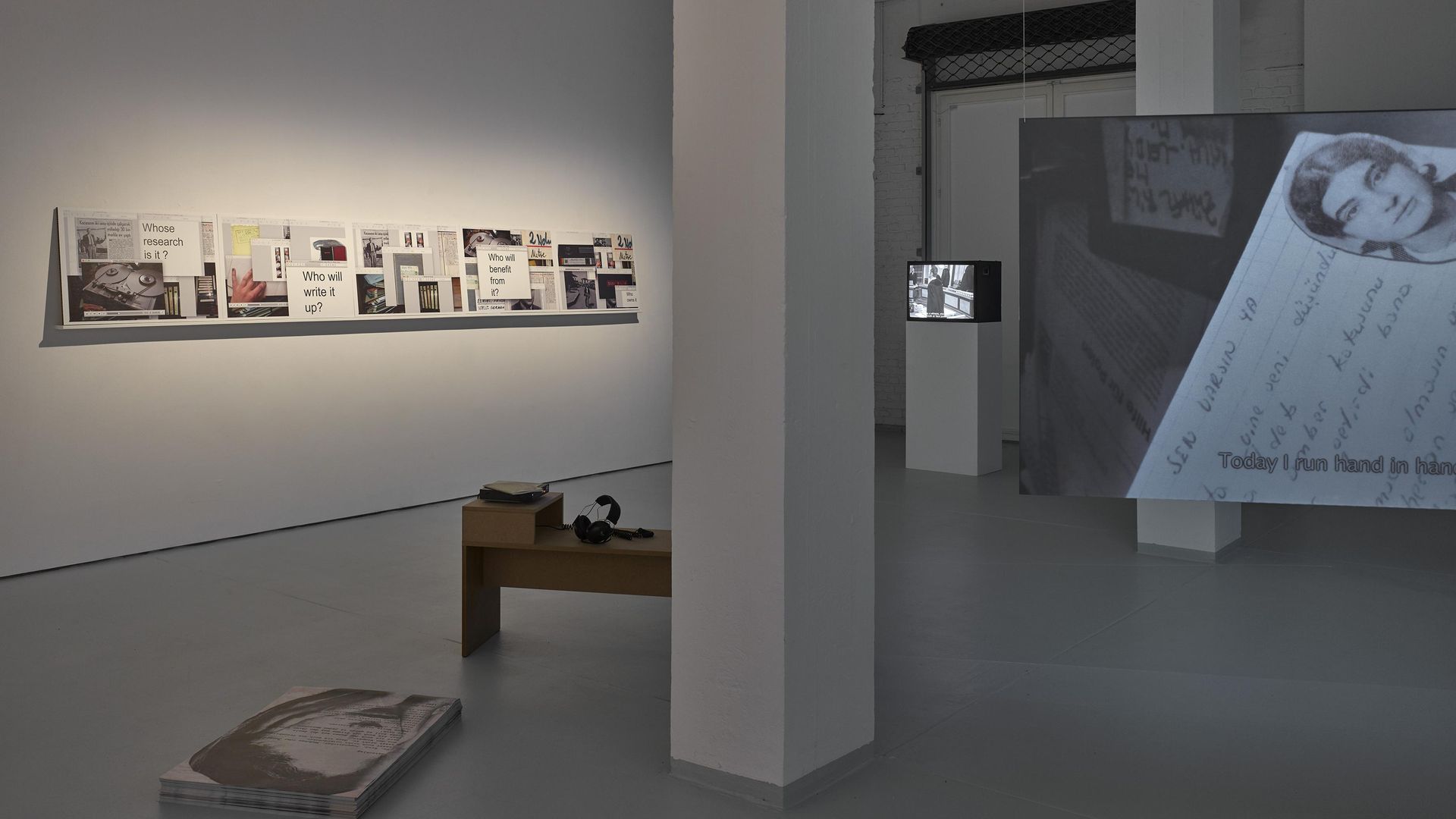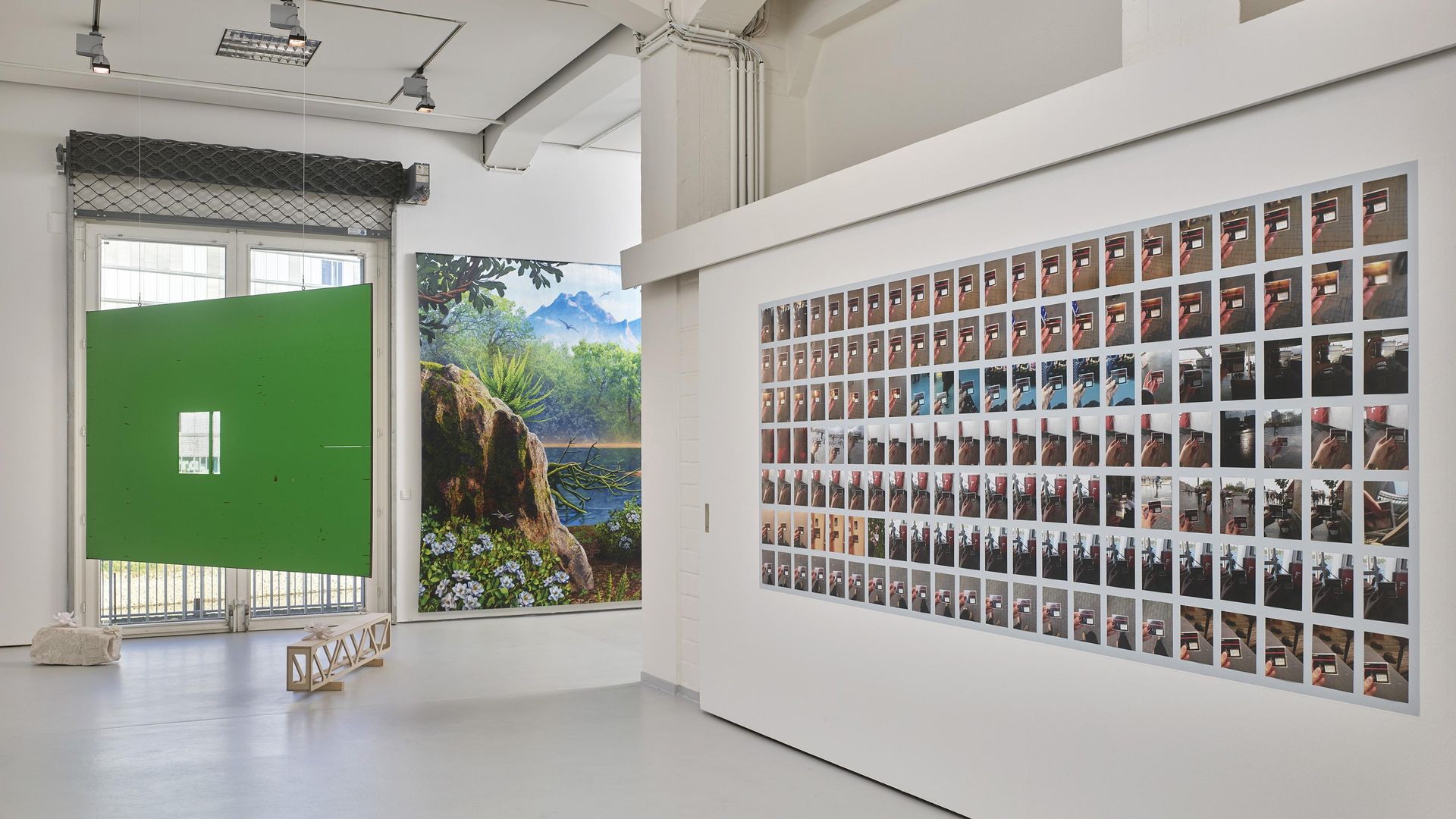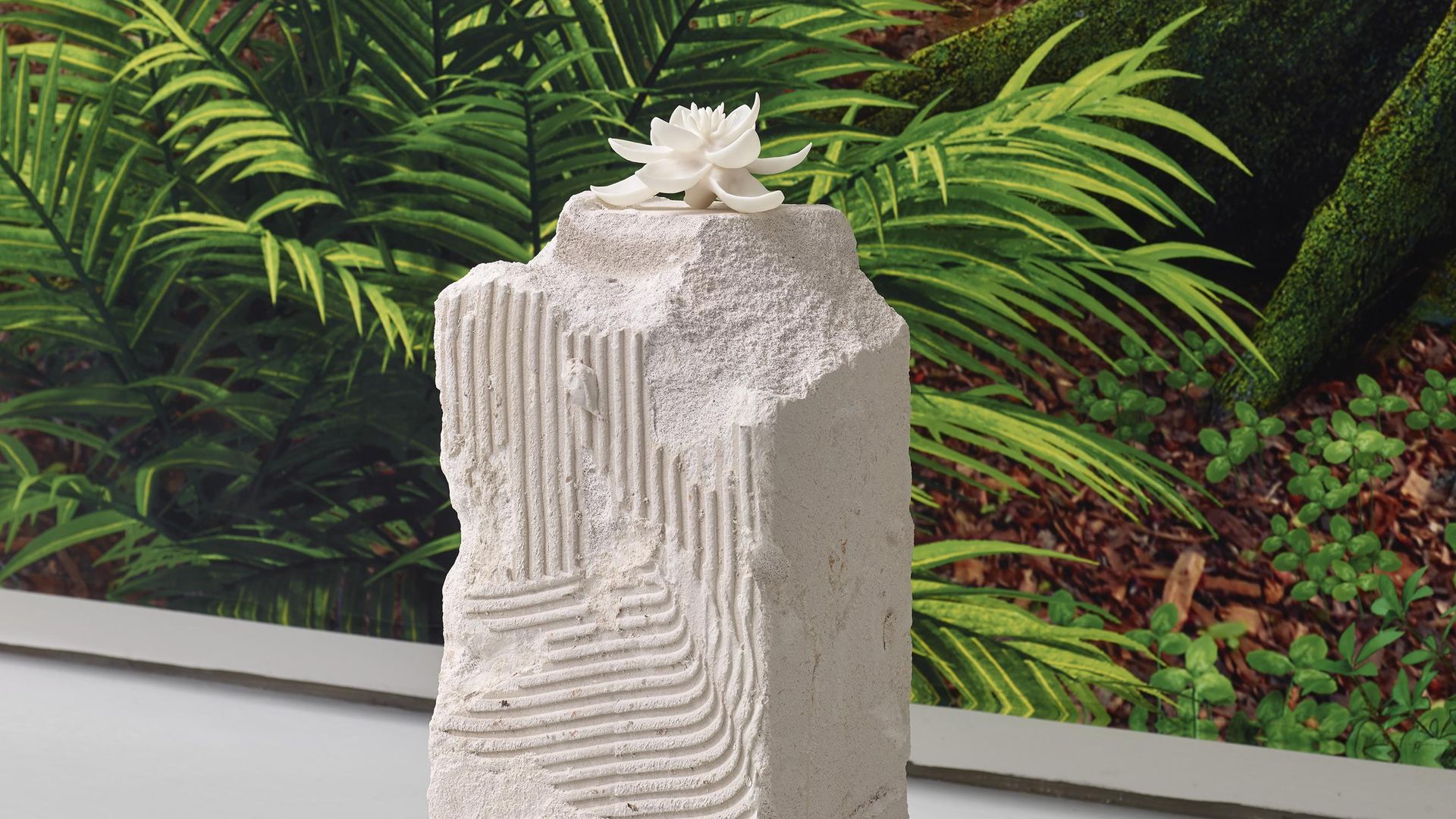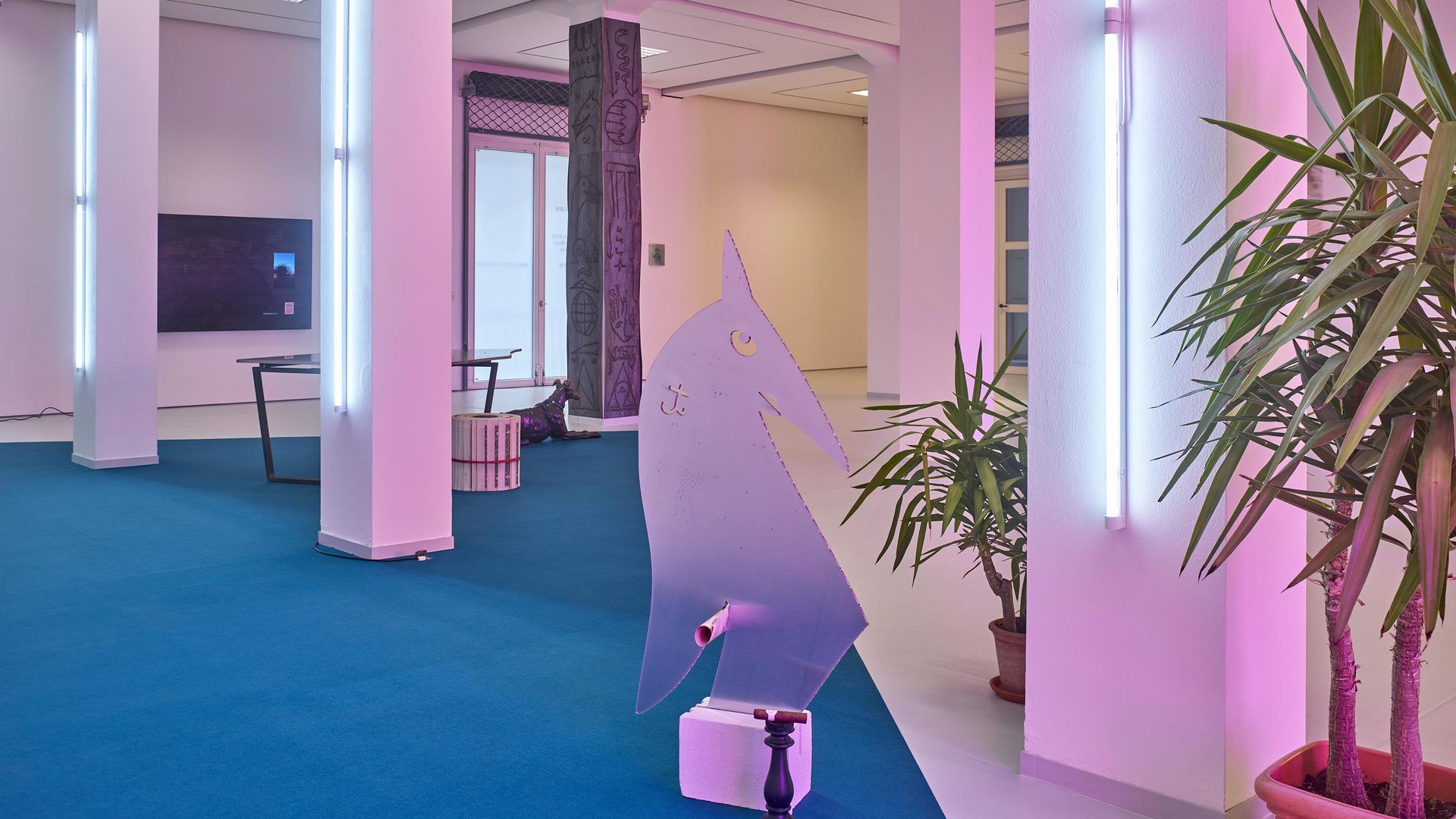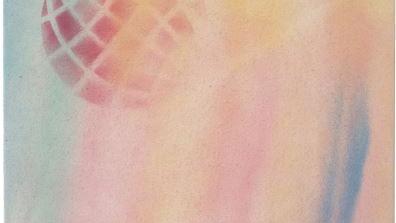Niko Abramidis & NE, Cana Bilir-Meier, Keto Logua
Niko Abramidis & NE, Cana Bilir-Meier, Keto Logua
October 7, 2018 to January 20, 2019
Curator: Julia Höner
KAI 10 | ARTHENA FOUNDATION is hosting the exhibition for this year’s ars viva award winners: Niko Abramidis & NE, Cana Bilir-Meier and Keto Logua. The exhibition is based on a cooperation between KAI 10 | ARTHENA FOUNDATION and the Kulturkreis der deutschen Wirtschaft im BDI e. V. Since 1953 the Kulturkreis has awarded the annual ars viva prize for visual art to young artists living in Germany, whose works are marked by high artistic quality and an awareness of questions that echo the complexity of our present times. In addition to two exhibitions accompanied by a corresponding publication, first at KAI 10 | ARTHENA FOUNDATION in Düsseldorf and in the summer of 2019 at the Kunstmuseum Bern, the artists will receive a residency on Fogo Island (Canada) and a stipend of 5,000 euros each.
Niko Abramidis & NE (*1987) studied architecture at the Technical University of Munich and art at the Academy of Fine Arts, Munich. In his artistic work he explores topics such as power structures, utopian future scenarios or global urban development. He creates complex spatial installations that comment on contemporary working environments by playing with traditional symbols of power, fictive corporate identities and the increasingly interchangeable face of major cities. His drawings, objects and digital prints reveal a subversive sense of humour and offer various references, for example to science fiction, philosophy or economic processes.
Cana Bilir-Meier (*1986) studied art and digital media at the Academy of Fine Arts Vienna, among others. Starting point and essence of her films and sound-based works is the preoccupation with material from her family’s archive. Based on sources from her personal surroundings, the artist, herself a grandchild of Turkish immigrants, inquires into universal narratives and the collective memory. The process of reviewing material, comprising image and sound recordings, letters, newspaper articles and documents, is itself of central importance and denotes her specific artistic perspective on the archives.
After studying painting at the Tbilisi State Academy of the Arts, Keto Logua (*1988) followed up with studies at the Berlin University of the Arts. Recurring references in her sculptures and films are natural phenomena and socio-cultural themes. Processes of densification and conversion are deployed on both found and self-produced objects. This has resulted in works such as a 3D print of the world’s first flower, which had been scientifically reconstructed last year, or a large-scale sculpture made of elements from a beehive. In another work the artist uses everyday objects to design possible survival strategies in an increasingly complex world.
The exhibition of this year’s awardees marks the beginning of the tenth anniversary of KAI 10 | ARTHENA FOUNDATION, which will be celebrated with several exhibitions and events.
in cooperation with:
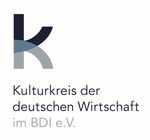
The exhibition is supported by:
Exhibition views
Accompanying program
, 7 pm
Bodies, Grids and Ecstasy: Opening
Welcome: Monika Schnetkamp, Chairwoman Arthena Foundation
Introduction: Ludwig Seyfarth, Curator of the exhibition






![[Translate to English:] Cana Bilir-Meier, Ses Alma Rehberi, Bildcollage, Lecture-Film-Performance, 2016 [Translate to English:] Cana Bilir-Meier, Ses Alma Rehberi, Bildcollage, Lecture-Film-Performance, 2016](/fileadmin/_processed_/0/d/csm_02_Ses_Alma_Rehberi_Cana_Bilir-Meier_eb5b33ee06.png)
